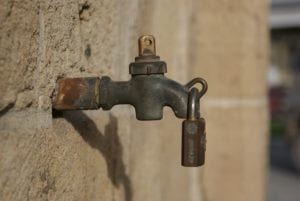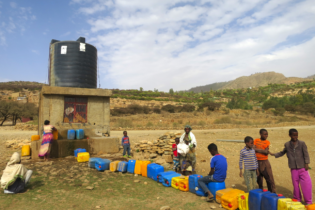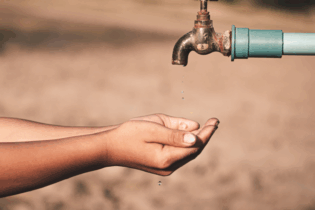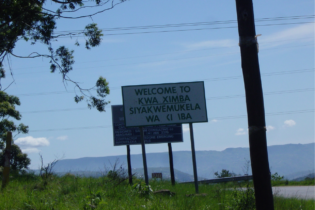Although South Africa has a fairly sufficient amount of water in its reservoirs, the Department of Water and Sanitation (DWS) is calling on consumers to save water. The department’s weekly report states that the country has 21 609,7 m3 of water that is stored in its reservoirs and almost 70% dam levels.
Thanks to persistent rainfalls in major parts of the country in the past week, the DWS reports that dam levels have been stabilised and water storage drastically improved. Gauteng dams benefitted hugely from the torrential rains as the provincial dams shot to 96.4% of storage capacity, followed by Free State and Mpumalanga at 75.9% and 74.3% respectively. However, Western Cape dams are a source of concern as they continued to slide to an alarming 36.5%, with a water storage of 681 m3 this week. With its Mediterranean weather, showers are expected to pour over large parts of the province as early as next month when the winter rains begin. However, five dams that form the Western Cape Water Supply System have stored a total 57.2% cubic metres water in their reservoirs. The City of Cape Town reports that between 1 and 7 April, the dams that supply Cape Town have declined by 1.2% to 49.1% of storage capacity. Although this an improvement from the 2018 figure of 21.5%, the city found that Cape Town’s collective water consumption over the first week of April increased by 11 million litres to 609 million litres per day of collective consumption, and water users have been encouraged to stay the course and use water wisely.The rest of the country
The South African Weather Services is predicting more rainfall for the Free State, where large parts have recently been drenched by torrential rains.Although Mpumalanga’s dams have risen to a respectable 74.3% this week, the situation has not changed for residents of Ermelo residents who still experience an acute shortage of water. Last week they complained about smelly drinking water which puts their health at risk and are forced to buy water from the shops. However, the DWS is working with the municipality to address the problem.
The average dam levels in Limpopo rose slightly from 65.7% last week to 65.9%. The week’s report indicates that North West and Northern Cape made significant progress in their dam levels. The average dam level in North West rose from 58.7% to 60.3% this week, while Northern Cape rose to 68.1%. Although Eastern Cape retained 62.3% level this week, the town of Makana continues to experience water crisis as the local dam plummeted to 7.6% this week. The coastal regions of south and north coast in KwaZulu-Natal received substantial rainfalls in the past week that raised dams levels in the province to 62.3%.







